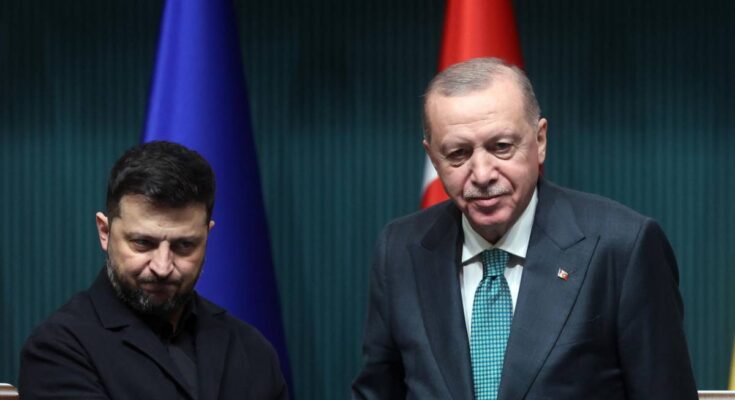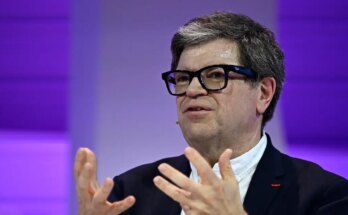The US is secretly discussing a draft peace plan with Russia to end the war in Ukraine. It was the Axios website that revealed Washington’s moves, reporting a 28-point plan, which can be summarized in four chapters: peace in Ukraine; security guarantees for Kiev; security in Europe and future US-Russian relations. At present, it is unclear how such diplomatic efforts will be received by Ukraine and its European allies, although consultations with European allies are already underway. Trump revealed that he asked Putin to “let him finish his bloody war.”
The plan would give Russia full control of Donbass, although Ukraine still controls about 12% of the territory, in exchange for security guarantees from the United States to Kiev and Europe against future Russian aggression. The Donbass region from which Ukraine will withdraw will be considered a demilitarized zone, and Russia cannot deploy troops there. In two other war-torn regions, Kherson and Zaporizhzhia, the current lines of control will remain largely frozen, and Russia will return some territory, depending on negotiations. Additionally, the United States and other countries will recognize Crimea and Donbass as legitimate Russian territory, but Ukraine will not be required to do so. The plan would also include limiting Ukraine’s military numbers and long-range weapons in exchange for security guarantees from the United States.
Trump’s special envoy, Steve Witkoff, is once again leading Washington’s diplomatic efforts. His interlocutor, Kremlin envoy Kirill Dmitriev, heads Russia’s sovereign wealth fund. The White House appears optimistic about its chances of success. A senior administration official told Politico that he expects a framework for ending the war to be agreed to by all parties by the end of this month and perhaps “as early as this week.” The tactic used appears to be the same as that used against Benjamin Netanyahu: placing Volodymyr Zelensky in front of a fait accompli. “What we are going to tell Ukraine is common sense,” the senior US official said. The Trump administration believes that Ukraine’s leadership, under military pressure and dealing with a corruption scandal, will be forced to accept the proposal. After the American media revelations, the Kremlin intervened with an official denial. However, the same Russian envoy, Dmitriev, told Axios that he met with Witkoff and other American officials in Miami from October 24 to 26, and said he was confident: “This time, we felt that our position was really heard.” Witkoff, earlier this week, was also in Miami, reportedly discussing the plan with Zelensky’s national security adviser, Rustem Umerov. The talks will also be attended by representatives of Qatar, a country involved with Türkiye in preparing the plan.
But the first dispute between Washington and Kiev has emerged. Yesterday’s planned meeting in Turkey between Witkoff and Zelensky was postponed as it became clear that Zelensky was backing away from the US plan, preferring a plan developed by Europe, which Washington said had no chance of being accepted by Moscow. So much so that Axios revealed that Zelensky will say he is unequivocally opposed to Trump’s plans, while admitting that only he can end the war. Furthermore, US special envoy to Ukraine Keith Kellogg has told his aides that he plans to leave the government in January: his departure would represent the loss of an important supporter of Kiev within the US government.
What is certain is that Washington intends to speed up negotiations. “President Trump believes there is a chance to end this senseless war if he shows flexibility,” a White House official said. The goal is to produce the document before the next meeting between Trump and Putin.
As for its European allies, Washington does not seem to care about their reactions. “We are not interested in European countries. What is important is that Ukraine accepts them,” the official said. “Now we will wait. The ball is in Zelensky’s court,” the White House said.



